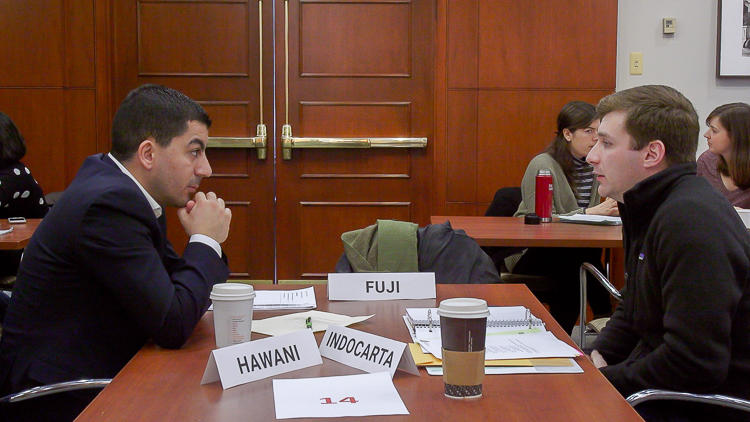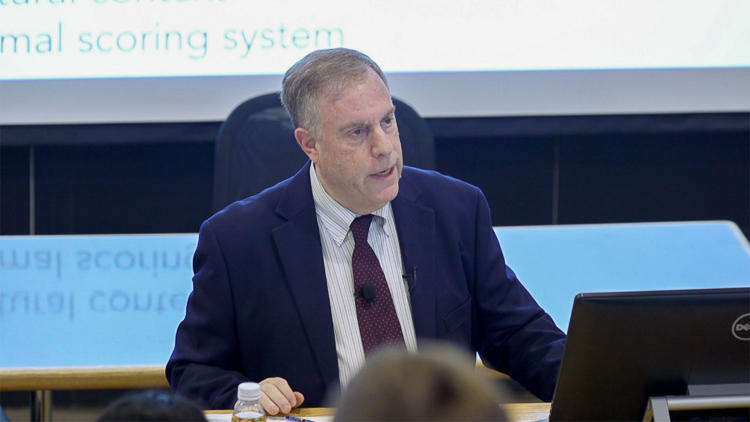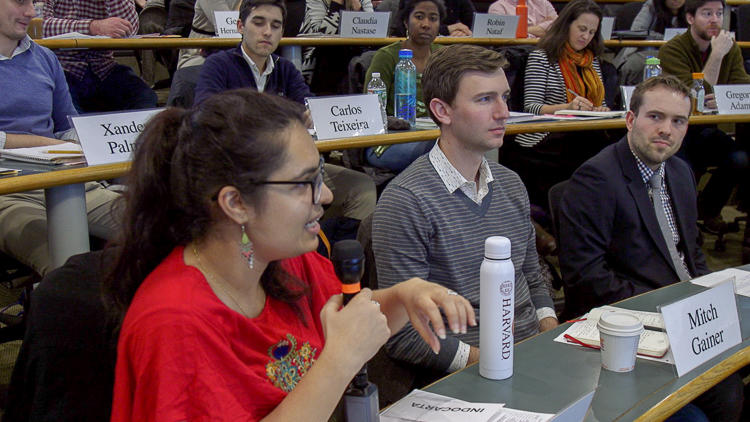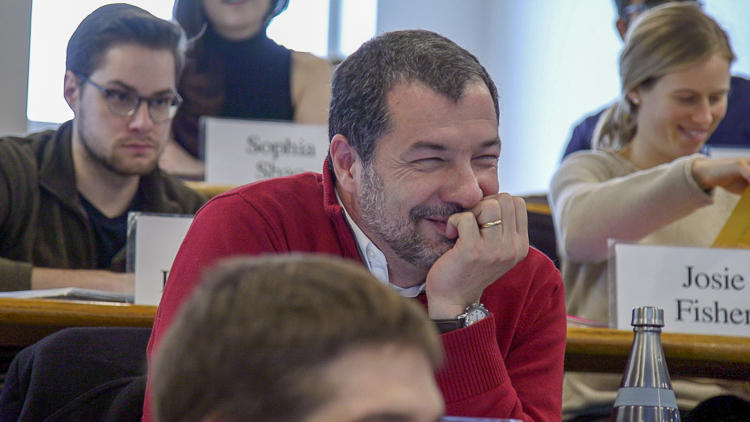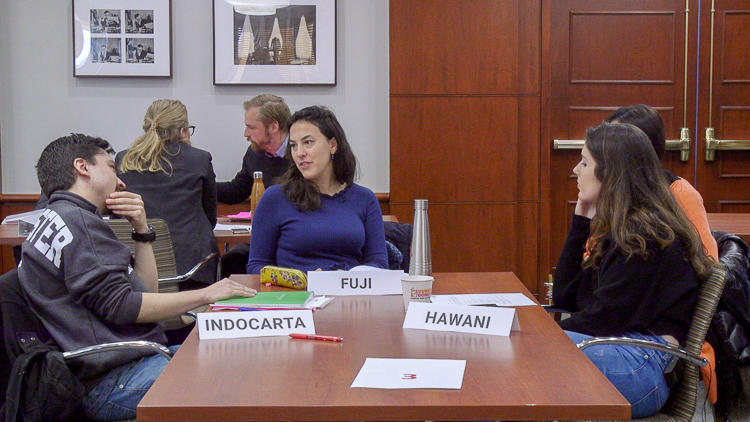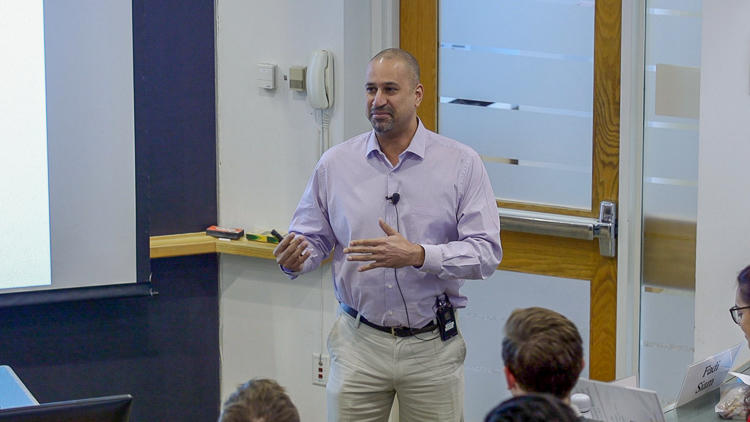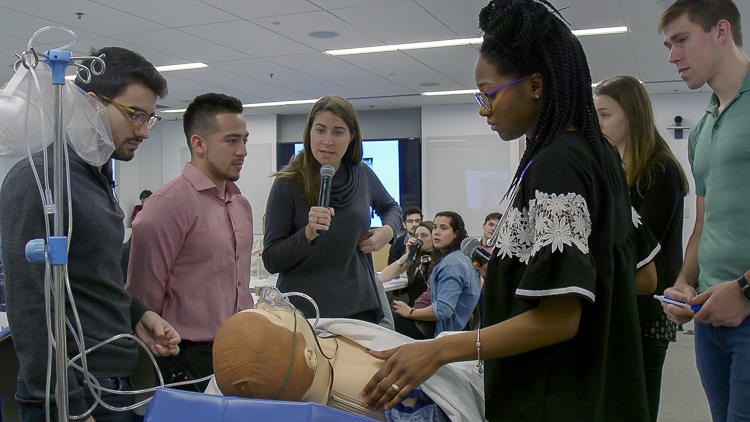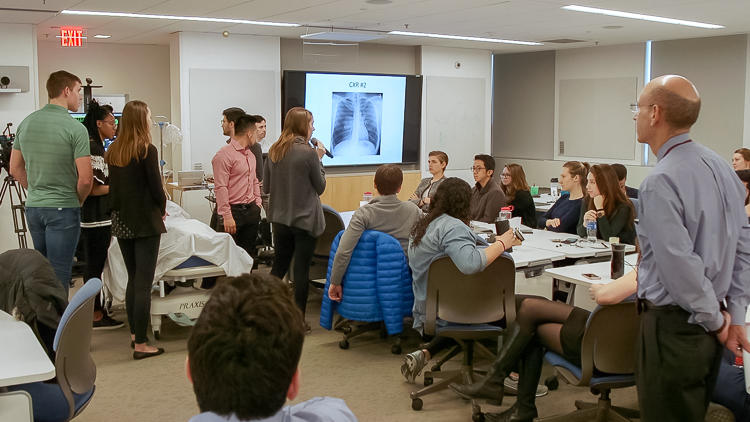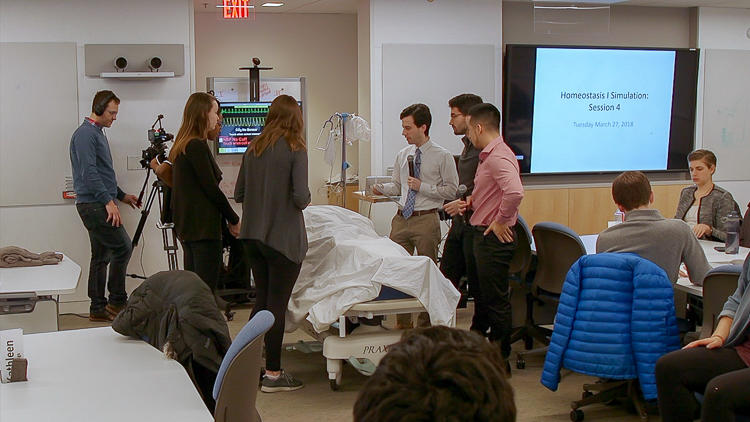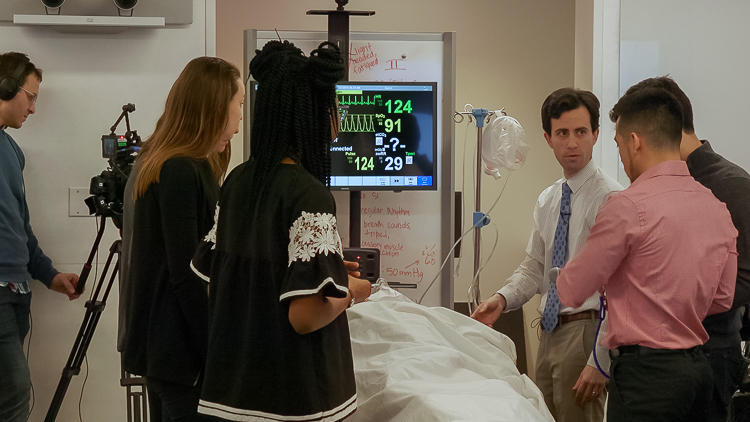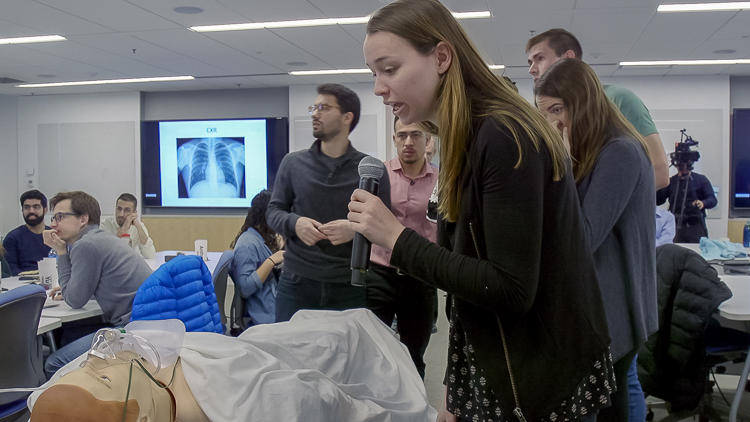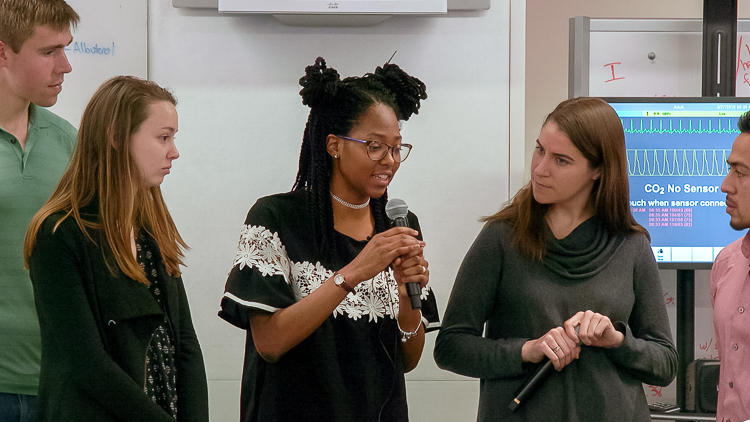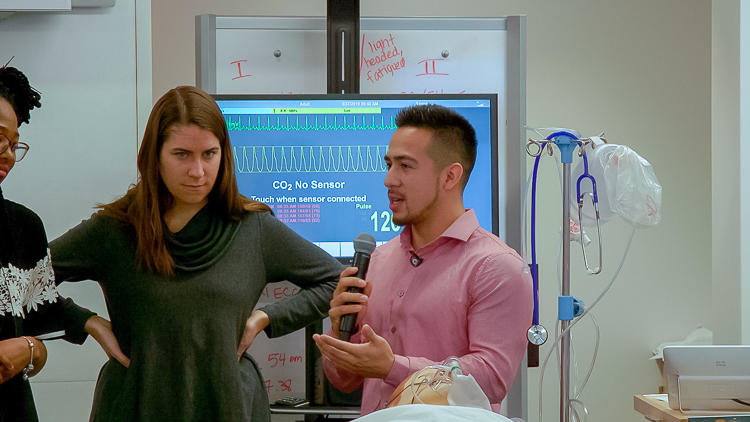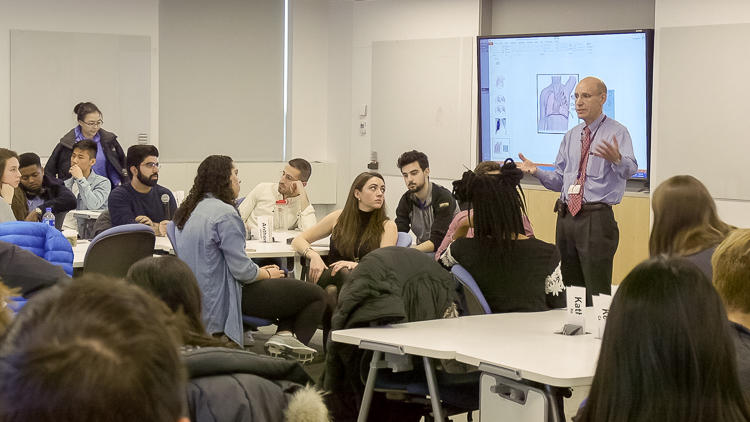Where cases present students with relevant situations from the field to apply their learning, simulations take this application a step further. Simulations are active learning exercises that thrust students directly into the action they will likely encounter in the professional world. Interactive, immersive, and intense, simulations present students with realistic situations that push them to enact their learning in context, then manage the consequences of their individual and collective decision-making. And what happens before and after simulations is just as important as what happens during them. Planning simulations and preparing students for them remain critical for the activities to hold relevance and purpose. In addition, debriefing simulations after their enactment creates opportunities for students to deepen their experiences and better position them in conceptual schema. Though designing simulations is challenging and involved work for instructors, their payoff cannot be understated. Purposeful, well-executed simulations deliver students conceptual knowledge through hands-on experience which may prove more memorable than learning material seated at a table or from a textbook.
How do we design simulations that involve many students simultaneously and remain open to multiple solution pathways and/or pitfalls? What is the role of the facilitator in such learning environments? How do we extend and deepen students’ learning beyond visceral simulation activities? In these videos, Richard Schwartzstein and Brian Mandell discuss how they design, facilitate, and debrief simulations in their respective, field-based classrooms.


